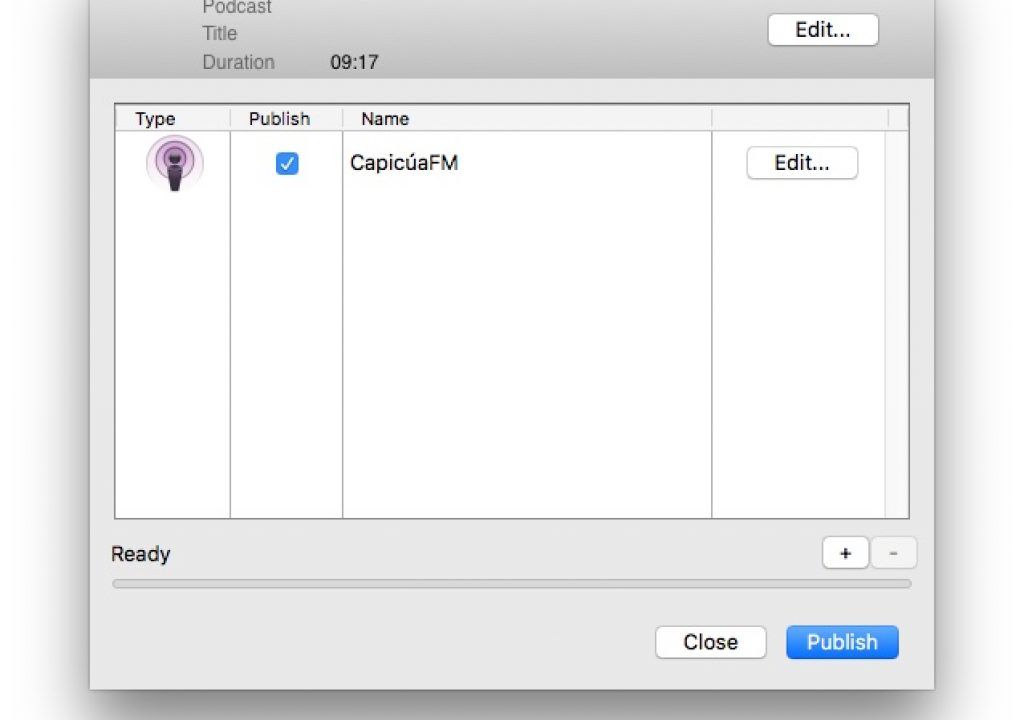
Armeeoberkommando 1 (AOK 1) Beurteilung der Lage, 28 August 1916 The destruction of our positions is so thorough that our foremost line merely consists of occupied shell-holes. This allows their artillery, which is excellently supported by aircraft, to level our trenches and to wear down our infantry systematically. The most difficult factor in the battle is the enemy's superiority in munitions. The complications of the entire battle lay only in part with the superiority in number of enemy divisions (12 or 13 enemy against eight German on the battlefield) for our infantry feel completely the superiority of the English and French in close battle.

The 1st Army, on the north side of the Somme, reported on 28 August that From July to August the Westheer had fired the equivalent of 587 trainloads of field gun shells, for the receipt of only 470 from Germany and the munitions shortage was worsening. The Chief of Staff of the new Heeresgruppe Deutscher Kronprinz (Army Group German Crown Prince) reported that conditions at Verdun were little better and that the recruit depots behind the army group front could supply only 50–60 percent of the casualty replacements needed. The battle had required the use of 29 divisions and by September, one division each day had to be withdrawn and replaced by a fresh one. The Battle of Verdun and the Battle of the Somme had been extraordinarily costly on the Somme, 122,908 German casualties had been suffered from 24 June to 28 August. Both men were dismayed at the nature of trench warfare that they found, in such contrast to the conditions on the Eastern Front and the dilapidated state of the Westheer. On 8 September, Hindenburg and Ludendorff held a conference at Cambrai with the chiefs of staff of the armies of the Westheer (army of the west) as part of a tour of inspection of the Western Front.


Soon after taking over from Falkenhayn, Hindenburg and Ludendorff had no choice but to recognise the wisdom of the emphasis given by Falkenhayn to the Western Front, despite the crisis in the east caused by the Brusilov Offensive (4 June – 20 September) and the Romanian declaration of war on 28 August. Falkenhayn held that decisive military victory against Russia was impossible and that the Western Front was the decisive theatre of the war. Hindenburg and Ludendorff had demanded reinforcements from Falkenhayn to fight a decisive campaign against Russia and intrigued against Falkenhayn over his refusals. The new commanders, who became known as the Third OHL, had spent two years in command of Oberbefehlshaber der gesamten Deutschen Streitkräfte im Osten ( Ober Ost, Supreme Commander of All German Forces in the East) on the German section of the Eastern Front. On 29 August 1916, Field Marshal Paul von Hindenburg and General Erich Ludendorff were appointed as heads of Oberste Heeresleitung (OHL, German General Staff) of the German army, after the sacking of General Erich von Falkenhayn, who had commanded the armies of Germany since September 1914.


 0 kommentar(er)
0 kommentar(er)
